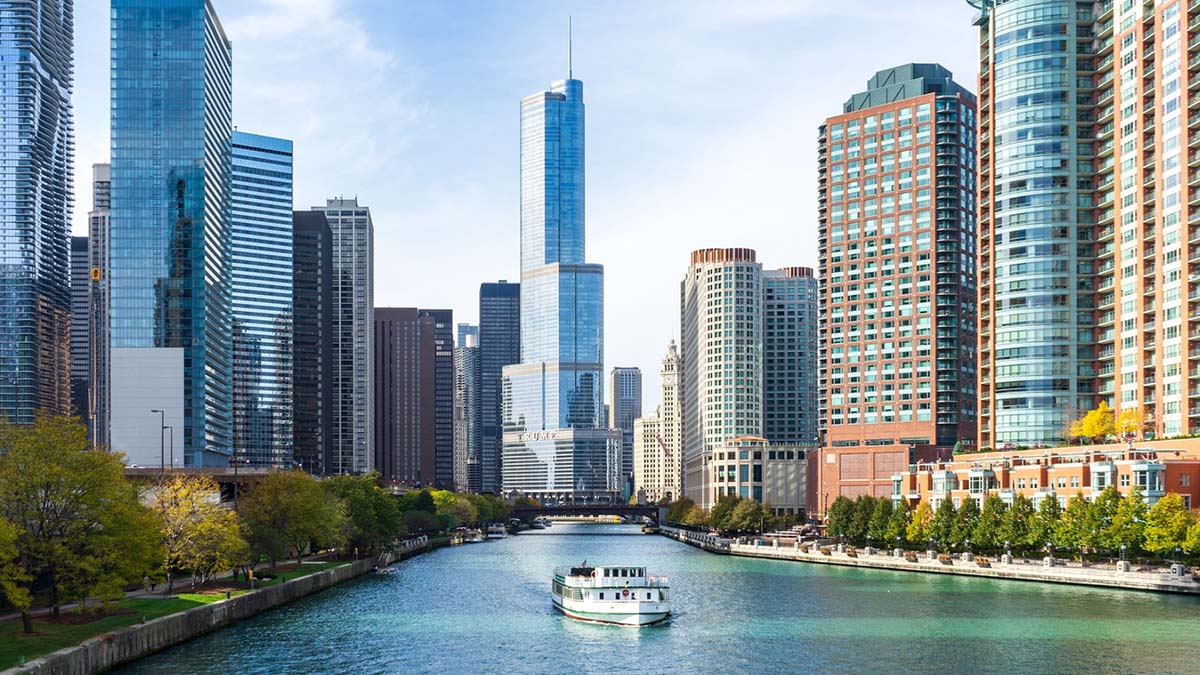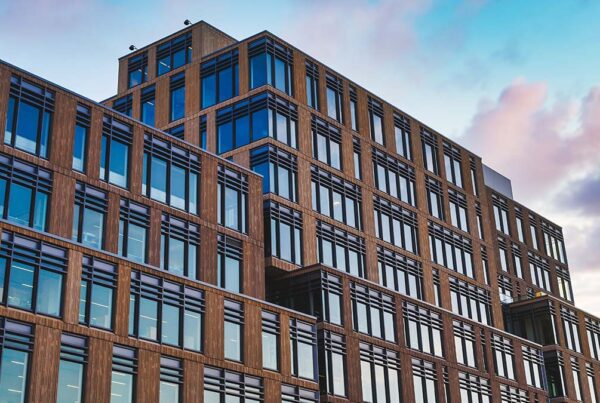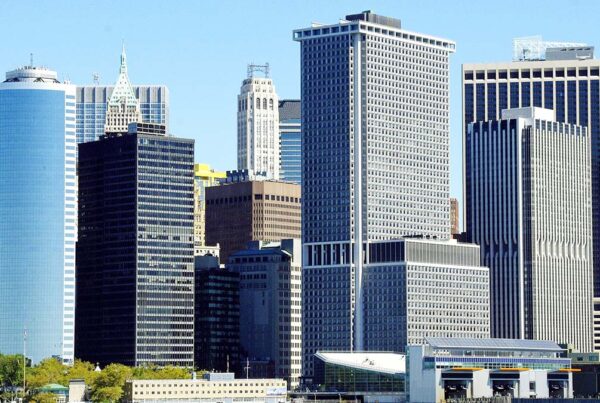
The Capitalization Rate, commonly referred to as Cap Rate, is a metric used to evaluate real estate investments and markets. Simply put, the Cap Rate provides the expected rate of return on an investment property depending on the amount of revenue you estimate the property will generate.
What is the Cap Rate Formula?
The Cap Rate formula is:
- NOI/Purchase Price × 100% = Cap Rate
How do you Calculate Cap Rate for an Investment Property?
Using the Cap Rate formula, it’s clear that you first need to know the Net Operating Income (NOI) of the property. The NOI is the annual income generated by the property after deducting all operational expenses. This includes all expenses including property management fees and taxes, but it does not include any mortgage payments.
- NOI = Property Revenue – Operating Expenses
As an example, if a property is advertised for $500,000 and has a $75,000 NOI, the cap rate is 15%.
- 75,000/500,000 = 0.15
It’s important to note that unlike residential real estate, which is valued based on the price per square foot of nearby comparable properties, commercial real estate is valued based on the expected rate of return. The market determines cap rates, which changes based on interest rates, available inventory, and property class.
Examples of Cap Rate
As with all types of real estate calculations, it’s helpful to see a few examples to reinforce your understanding of how it works. Here are a few examples of Cap Rate calculations.
Example 1) An office building is listed for $700,000, has an annual income of $80,000, and annual expenses of $53,000.
- Calculation: ($80,000 – $53,000)/$700,000 x 100% = 3.8%
Example 2) An industrial property is listed for $825,000, has an annual income of $95,000 and annual expenses of $45,000
- Calculation: ($95,000 – $45,000)/$825,000 x 100% = 6%
Example 3) A multifamily property is listed for $3,000,000, has an annual income of $330,000 and annual expenses of $120,000
- Calculation: ($330,000 – $120,000)/$3,000,000 x 100% = 7%
One neat thing about the cap rate equation is that as long as you know two of the elements of the formula, you can easily find the third.
For example, If a building sells for $1M at a 5% cap, you then know the NOI is $50,000.
- 5% (Cap Rate) = X (NOI) / $1,000,000 (Purchase Price)
- X = $50,000 (NOI)
As another example, if an office property is advertised for $1,000,000 with a 10% cap rate, the annual net operating income (NOI) is $100,000. To get the value of a property, multiply the $100,000 NOI by the 10% cap rate (100,000/0.1), which is $1,000,000.
When looking at a property’s cap rate, keep in mind that it represents the property’s existing state. However, that does not guarantee that those circumstances will continue under your ownership. Leases may expire, renters may renegotiate lease terms, or you may repair and relocate the property, all of which might impact your cap rate.
Because various external influences, such as market demand or interest rates, can affect a property’s value, the cap rate for a particular property might move up or down even if the quantity of income (NOI) produced does not vary. If either the NOI or the value of a property changes, the cap rate will adjust. Using net operating incomes and current sales prices of comparable properties, you may calculate the cap rate.
What Does Cap Rate Tell You?
The cap rate tells you a property’s yield over a one-year period. This allows you to compare the cash flow of one property to another without taking into account any debt on the asset. In other words, it offers the property’s unleveraged rate of return.
Why is cap rate important?
The cap rate is an important ROI calculation for many reasons. Here are four reasons:
- Determine profitability. The cap rate is one of the best approaches for determining if a property is lucrative. This is due to the fact that it compares the income you receive to the amount you pay for the property.
- Assess Property Without Financing Terms. Mortgage costs are not included in the cap rate. This is advantageous since it provides a more accurate analysis by excluding funding (terms, interest rates, etc.). In other words, it concentrates solely on the property, with no financing considerations.
- Compare properties. The cap rate is an extremely useful metric if you have multiple properties near each other that are of a similar price and type. Whichever property generates the greatest revenue will have the highest cap rate, making it a compelling property to purchase.
- Estimate payback period. The cap rate is useful for calculating the payback term for an investment property. Divide 100 by the cap rate to determine the payback time. A property with a ten percent cap rate, for example, would have a ten-year payback term.
What is a Good Cap Rate?
As with all real estate metrics, a good cap rate depends on your investment location, criteria, and goals. However, as a general rule, a property with a cap rate of 8% to 12% is typically regarded as a good cap rate.
In high-demand, high-cost areas like Seattle or New York City, a 5% cap rate may be the standard. In a lower-demand, lower-cost area, a 10% cap rate may be the standard.
Is a High Cap Rate Good?
It’s best to use Cap Rates as a way to compare one property or market to another rather than labeling cap rates as “good” or “bad.” A high cap rate can be good if the property itself meets your investing criteria and goals. However, a high cap rate can also signal that the property is a riskier investment. Similarly, a low cap rate can be good if the property itself meets your investing criteria and goals. A low cap rate can also signal the investment is slightly less risky.
The bottom line is that cap rates are relative and should merely be one metric/factor amongst many you use to determine whether or not the property is a good fit for you.



